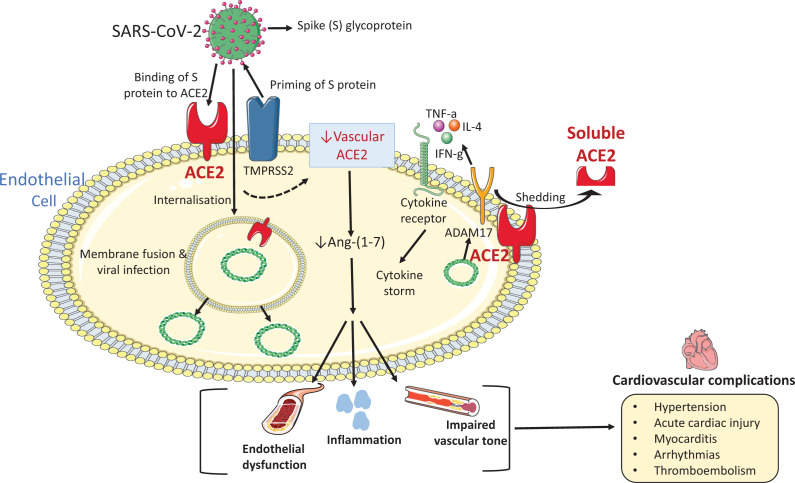Figure 4. Putative role of vascular ACE2 in cardiovascular disease associated with COVID-19.
Since vascular cells express ACE2, it may be possible that SARS-CoV-2 interaction with vascular ACE2 plays a role in cardiovascular disease associated with COVID-19. SARS-CoV-2 via its spike protein, which is primed by the endogenous transmembrane serine protease 2 (TMPRSS2), binds to ACE2 for cell entry. The virus is endocytosed leading to fusion of viral and cellular membranes and subsequent release of viral RNA into the cytosol which causes viral infection and the down-regulation of endogenous ACE2 and up-regulation of ADAM17. Following the vesicular transport to the cell surface, ADAM17 cleaves the extracellular domain of ACE2 and takes part in processing of different cytokines leading to activation of inflammatory signalling which further down-regulates vascular ACE2. Down-regulation in vascular ACE2 may lead to decreased Ang-(1-7) production contributing to endotheliitis, vascular inflammation and impaired vascular tone, which could promote cardiovascular complications in COVID-19. ACE2, angiotensin converting enzyme 2; ADAM17, tumour necrosis factor-alpha-converting enzyme; SARS-CoV-2, severe acute respiratory syndrome coronavirus 2.

